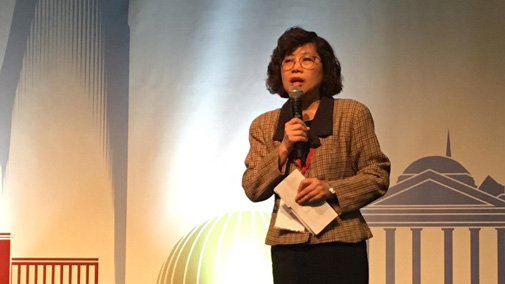During the discussion session at WCPT2019 in Geneva on 11 May the panel, led by co-chairs Ken Harwood, from USA, and Suh-Fang Jeng, from Taiwan, worked with the audience to explore many of the barriers preventing Direct Access (DA) adoption.
This included the political barriers of convincing government decision-makers to the benefits of DA. Fred Hatlebrekke, President of the Norwegian Physiotherapist Association, explained how they had helped secure support from the Minister for Health to bring about a legal change to enable DA for all patients. From 1 January 2018 the Norwegian government supported the lift of the specific requirement for referral to physical therapy for patients on national insurance.
This key decision was helped by inviting the Minister for Health to witness physical therapy services for himself and to see the positive impact that DA had for patients and the healthcare system.
Christoff Zalpour, from Germany, talked about the research into the Australian system, which was the first country to adopt DA. The Australians made the most of the women’s liberation movement 35 years ago to help argue the case for DA for patients with healthcare decision-makers.
Ina Diener, from South Africa, mentioned the challenge that many insurers require a referral from a doctor to physical therapy before reimbursement for costs is made. Ina also highlighted that in South Africa there are simply not enough physical therapists to provide DA – with only 1,000 physical therapists for the 80% of the population who are not covered by health insurance.

Suh-Fang Jeng reported DA was in the process of being approved by the government with the policy clearing the first amendment stage and 2nd and 3rd readings due to take place in September. She mentioned the challenge that many countries in Asia have an authoritarian approach to medicine with physicians’ opinion as the dominant one. This is not helped by some physicians viewing physical therapy as ‘tertiary care’.
Mirjam Stauffer, from Switzerland, said it was important to acknowledge that not all in the physical therapy community around the world would want the responsibility of seeing patients first before physicians and that education in clinical reasoning was key.
Closing the discussion, Ken Harwood said physical therapists don’t always recognise opportunity when it comes and DA provides that opportunity. He encouraged the audience to make the most of their contacts reminding them healthcare decision-makers also benefit from physical therapy so can see its impact from their own experiences.




